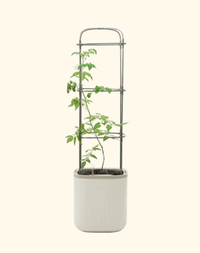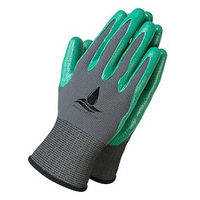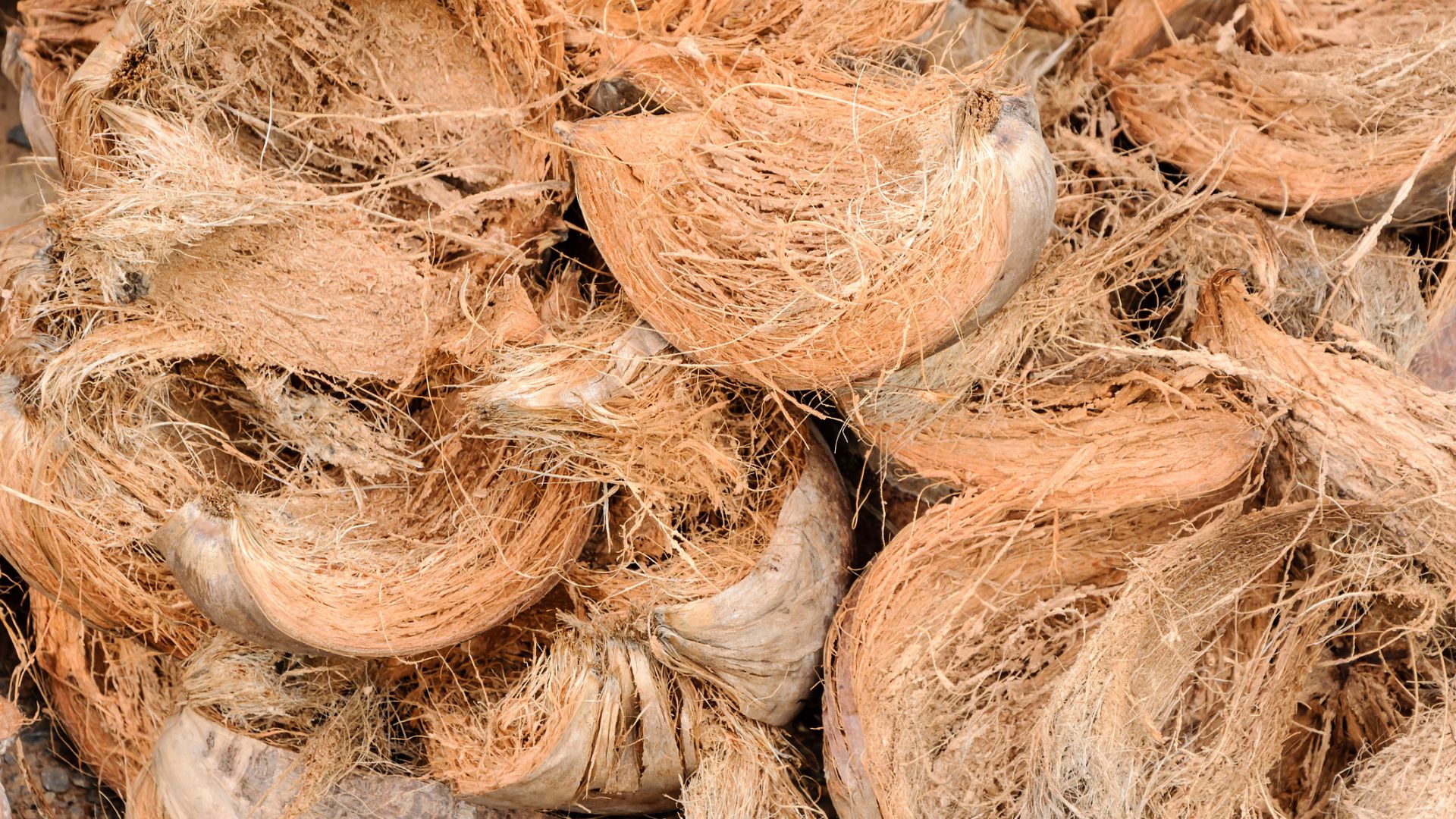What to plant in small gardens — these 9 plants will add color and interest
Creative ways of making the most of your small garden, and the 9 plants that will help you do it
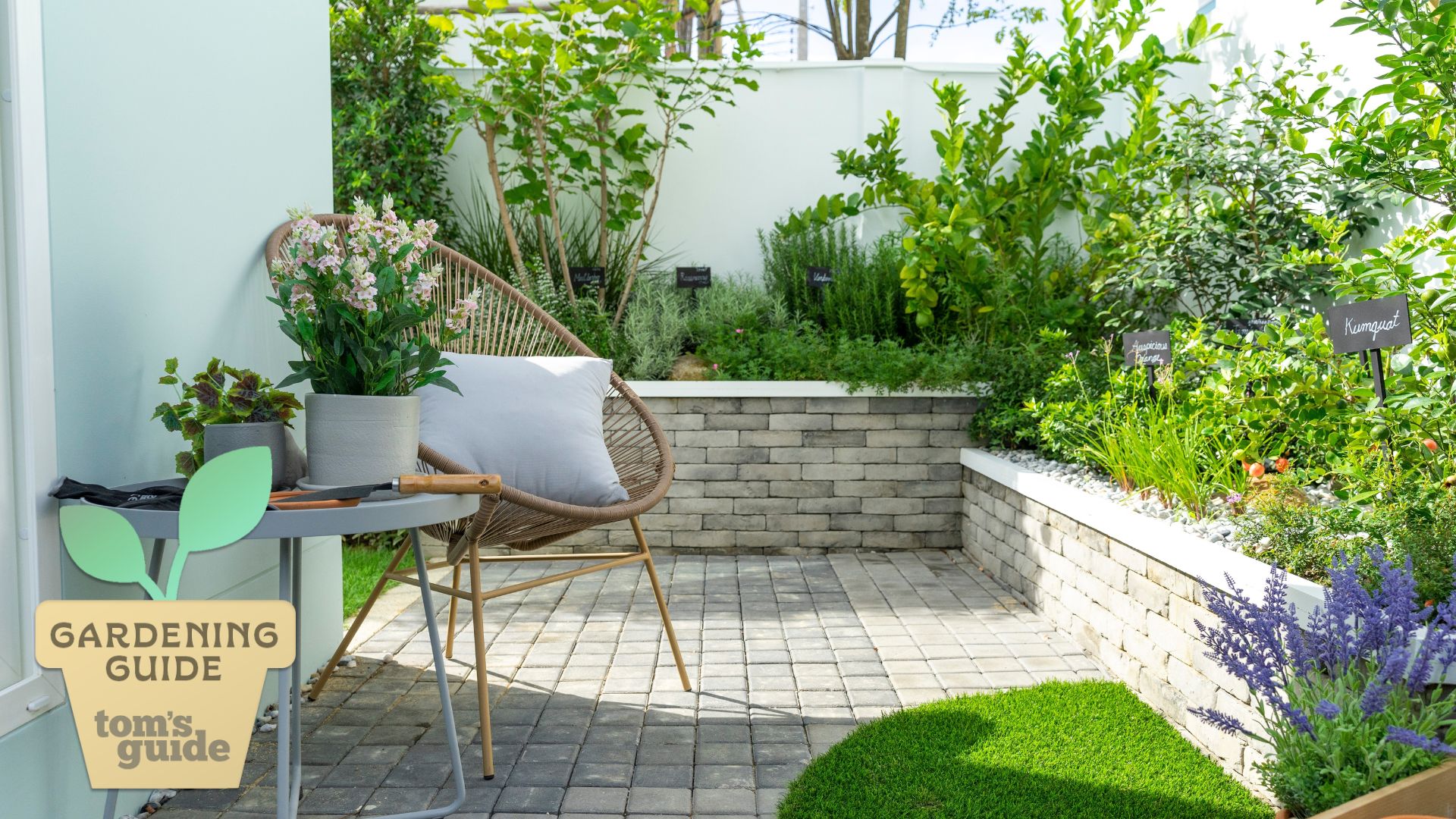
It can be demoralizing when a gardener has a small space to work with. When you have limited yard space — or just a balcony or patio — it can feel like there are only restrictions and disadvantages.
It may even be tempting not to bother at all, since it isn’t possible to recreate the grand green spaces that are so often admired. However, this doesn’t need to be the case.
In fact, a smaller space can pose a creative challenge and encourage gardeners to consider new species and planting schemes. Better yet, once the planting choices are made, there is usually much less maintenance to take care of than larger spaces demand.
Here are 9 different plants that can be used in different ways to maximize a small garden:
Getting creative with smaller gardens
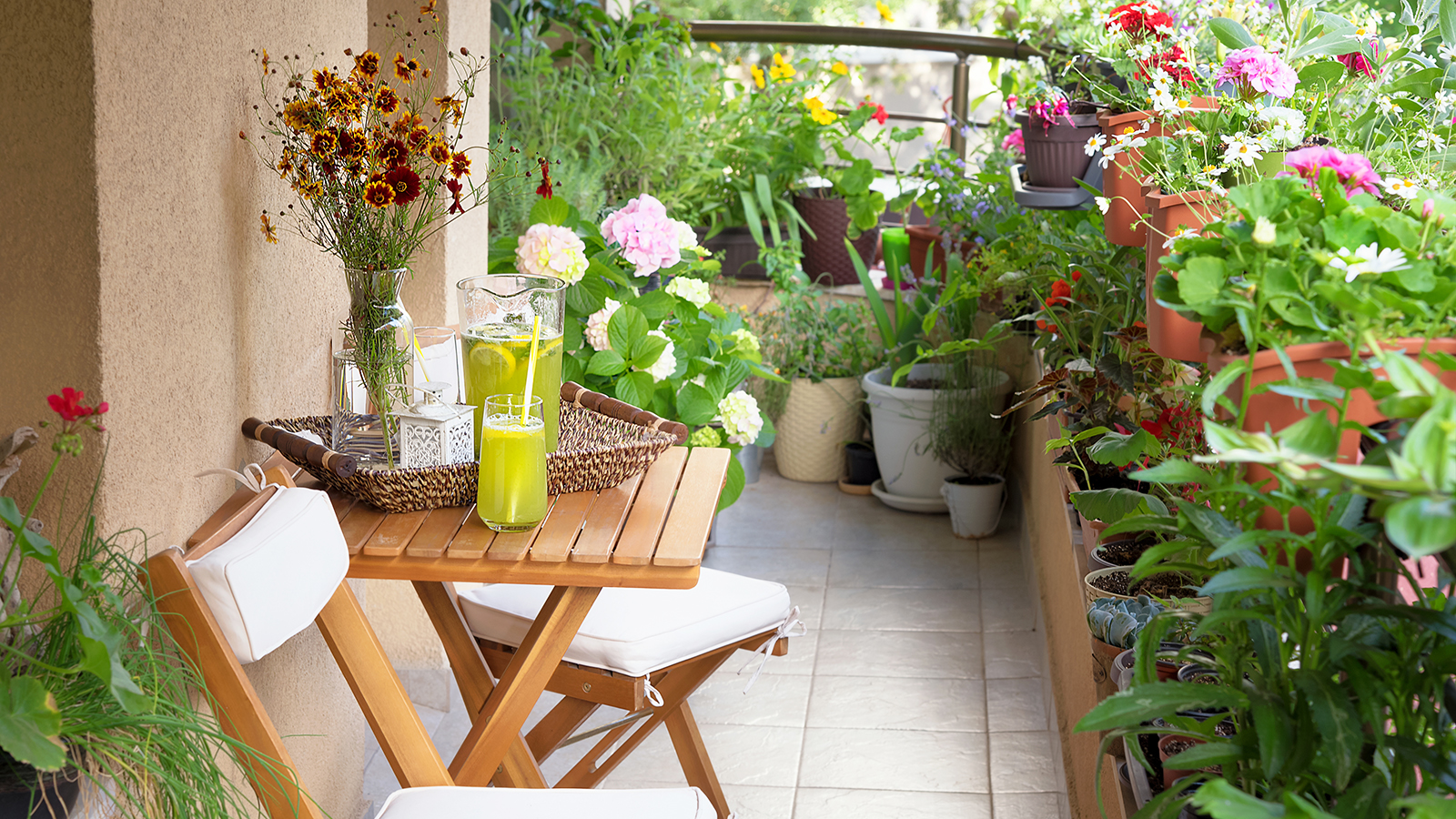
Working with a smaller garden encourages the use of vertical space, since horizontal space is less available. It also often works best with specific color schemes: Warmer shades make plants feel closer to you and the space feel smaller, while cooler tones can make a space feel more expansive.
Then there is the need to use existing materials in more plant-friendly ways, such as turning a gravel patch into a rock garden or using a vining species to adorn a brick wall.
In this way, you can design a more unique and interesting space that still features beloved plants and blooms.
Sign up to get the BEST of Tom's Guide direct to your inbox.
Get instant access to breaking news, the hottest reviews, great deals and helpful tips.
Add height without width
When choosing plants for a small plot of soil, it’s important to consider a species’ growth ratio of height to width. This is a great way to make your garden feel expansive, even if you're only dealing with a compact space.
Allium Serendipity
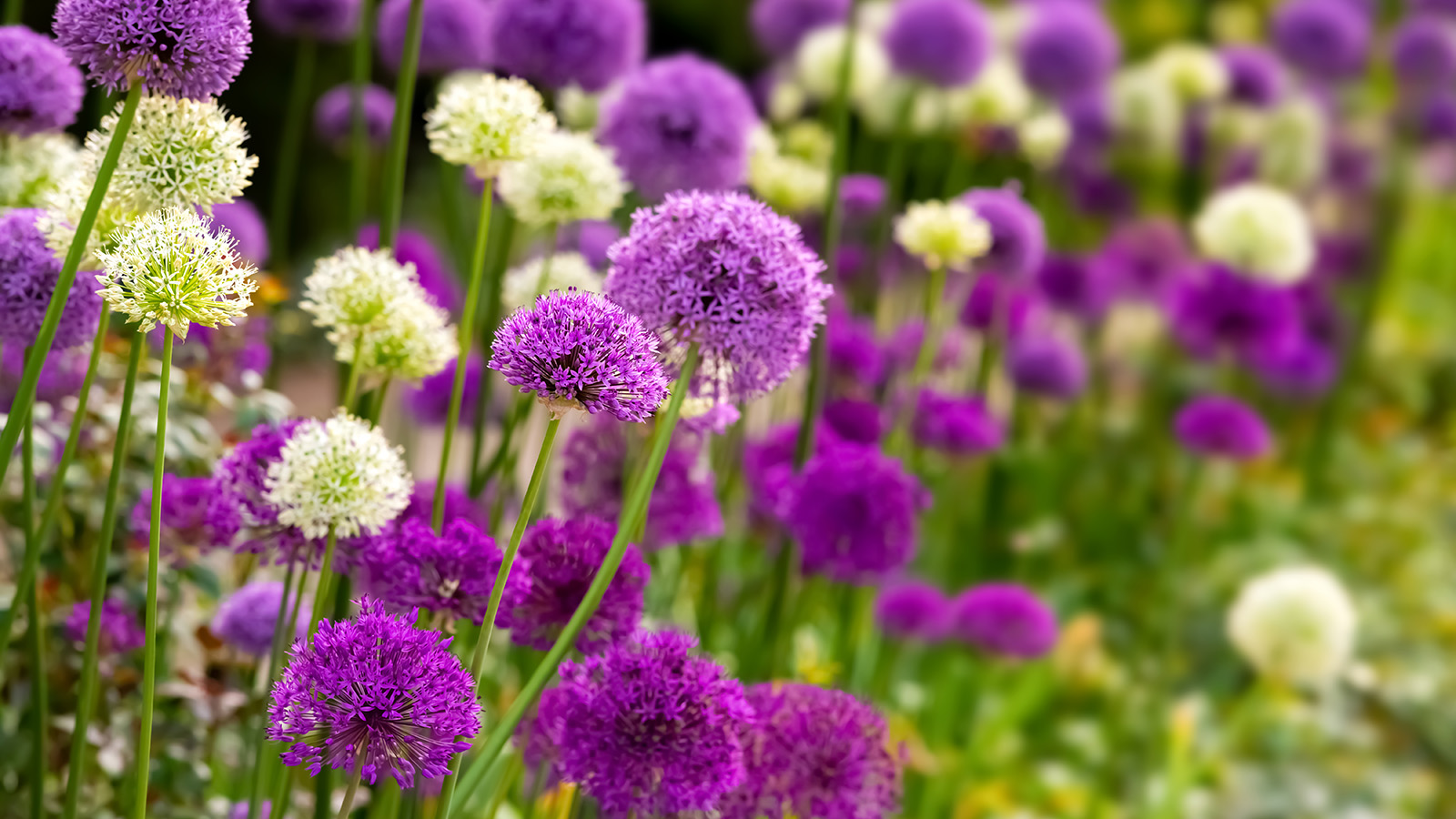
A plant like allium serendipity keeps a compact footprint even at full size, but can comfortably reach 20 inches in height. The delicate stems only have foliage that grows around the base, which elongates the silhouette of the plant and makes it appear taller.
Then, in summer you’ll be rewarded with large, round blooms in an attractive cool pink-purple shade that sit on the tips of those stems. This crown-like cluster of blooms can almost appear to float above the ground, since the stalks are so thin.
Depending on the size of your garden, you can plant these individually as small pops of color or create a border that adds some height to contrast with groundcover.
This self-watering planter would be ideal for adding height to your yard while supporting vine plants such as tomatoes and peas. Plus, the self-watering design ensures your vegetables won't suffer if you take a few days away from watering!
Peas
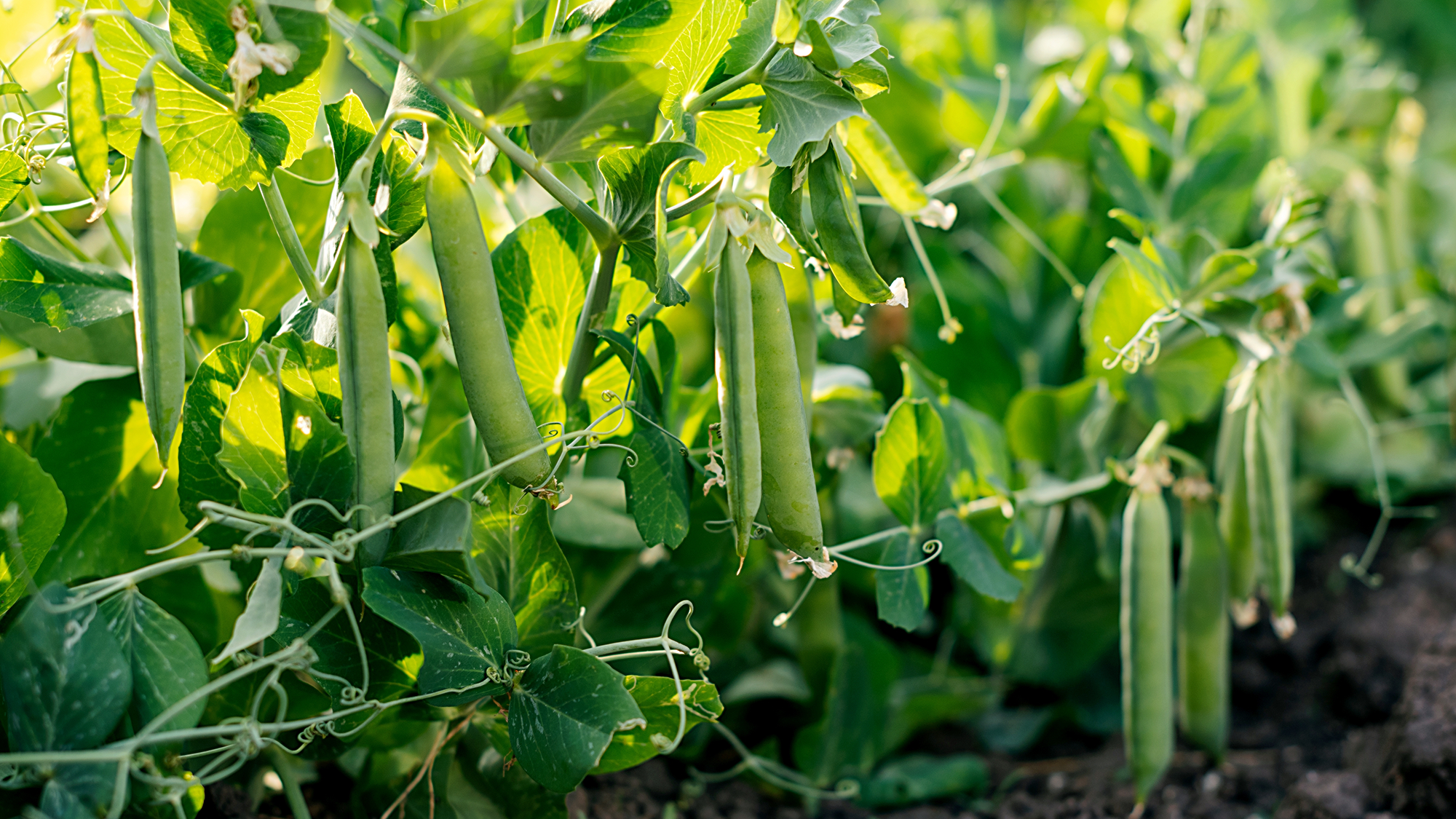
When it comes to a dramatic height to width ratio, it’s wise to opt for plants that prefer to grow upwards along a trellis. These can add structure and verticality to the garden without taking up too much precious real estate.
Peas are a perfect example of this, offering pretty delicate foliage and frequent harvests throughout the late spring and summer. Not only can you eat the pea pods, but both the shoots and tendrils are also edible.
If you plant the pea seeds on both sides of the trellis, you can double your harvest and plant density without taking up more space in the garden. Since the vegetables and their foliage are similarly toned in green, pea plants will provide a seamless backdrop to the rest of your planting scheme and won’t distract with showy blooms or fruits like a tomato vine might.
Rose of Sharon
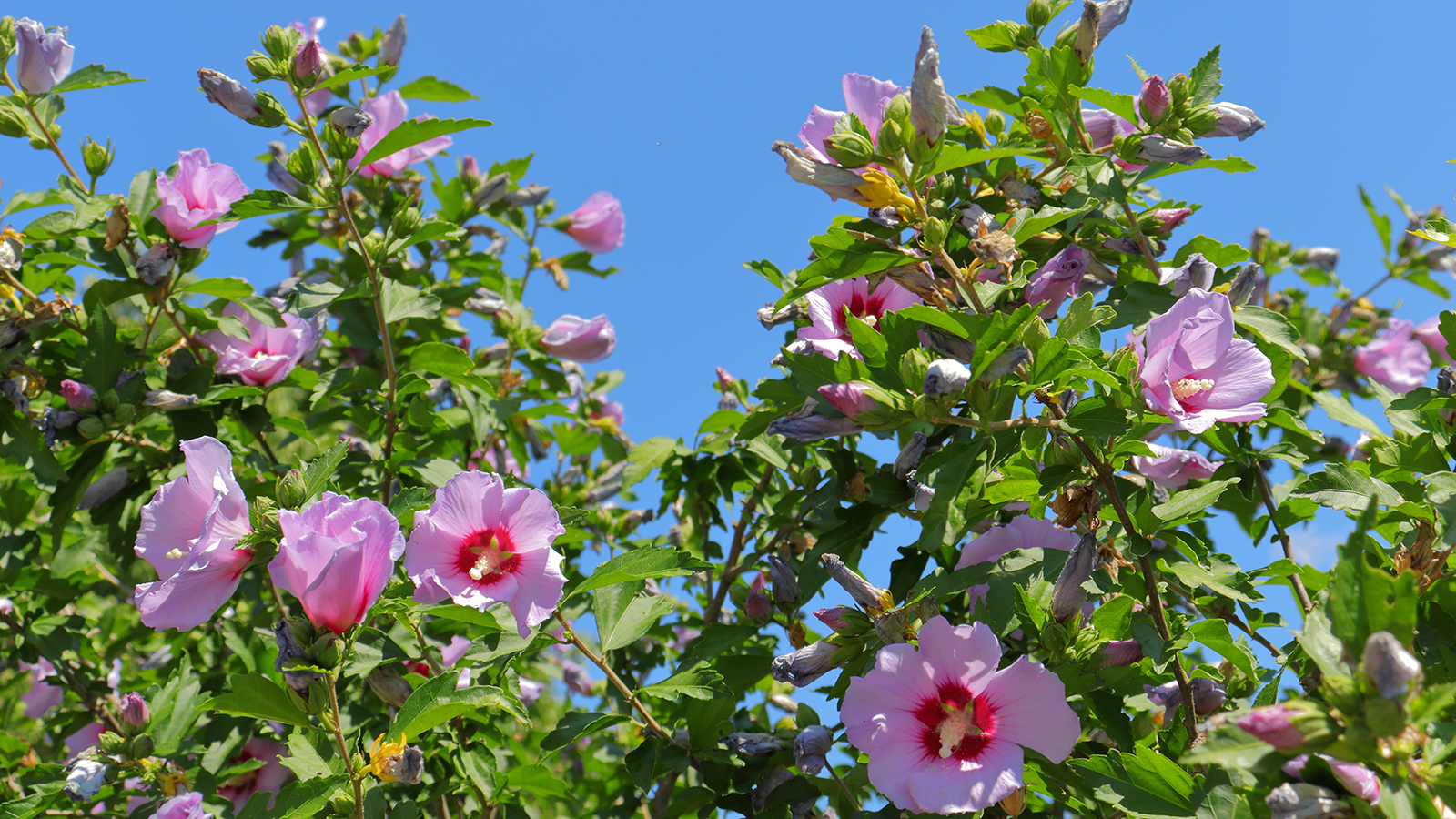
If you do want something more large-scale and vibrant, then the Rose of Sharon is a statement species that is still much taller than it is wide.
Growing up to 4-5 feet in width but reaching 10-15 feet in height, this is a dramatic shrub that blooms all over with pretty purple flowers.
While it’s not suitable for the smallest of gardens, its tall and comparatively narrow shape makes it a great choice as a natural privacy barrier or as a centerpiece. It prefers full sun and therefore isn’t as good for shadier spots, but is still quite a versatile option that can handle zones 5 through 9.
Bonus: if you are trying to design a balcony or patio space and don’t have a lot of soil to plant in, you can still grow a purple pillar since it’s suitable for container growing. It’s an effective way to add a lot of greenery at once with a single plant and planter.
Add life to a rock garden
Many small gardens don’t have a lot of planting space at all, and so creating a suitable design is more about finding little spots to add life.
If you have a gravel path or stone paving in your outdoor space, it can be hard to find plants that thrive in this restricted environment – but not impossible.
Hens and chicks
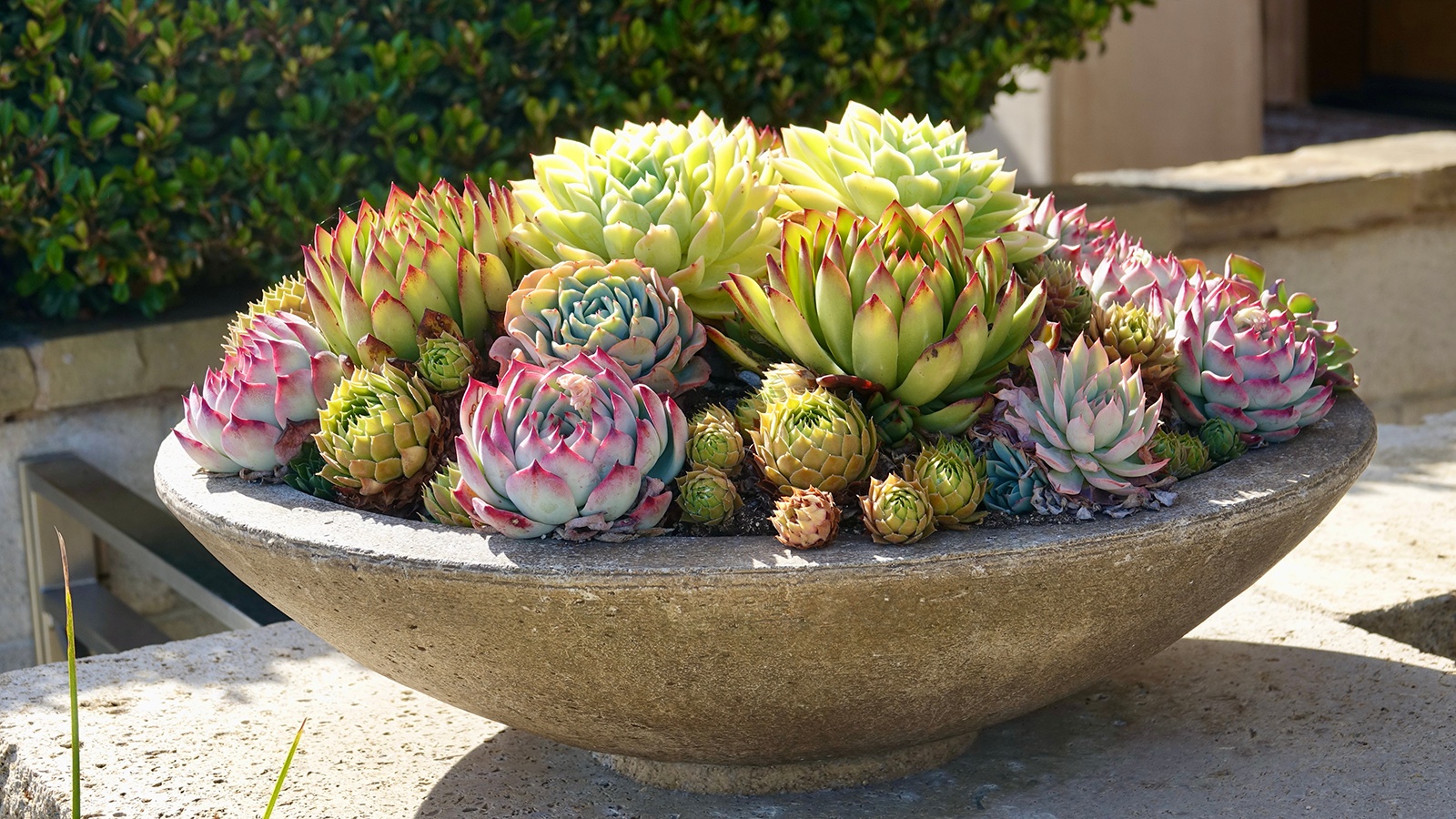
Hens and chicks are a species of succulent that grows in a mat-like structure made up of rosettes both large (hens) and small (chicks). This species prefers well-draining sandy or gravelly soil, making it perfect for rock gardens or other stone-heavy environments. It can even take root in wall crevices or the gaps between paving stones, so you can get as much plant life into the space as possible.
The rosettes are attractive and subtly colored, adding a bit of shape and life to urban environments without drawing too much focus.
These garden gloves are made of nylon and nitrile and come in three sizes — small, medium and large. They offer excellent non-slip properties, are comfortable around the wrist, breathable and machine washable. At Tom's Guide, we recommend them as the best overall gardening glove.
Creeping phlox

For a softer look that features a thick cover of pretty blooms, creeping phlox is the right pick. This species only reaches 6 - 12 inches in height maximum, making it a good foil for taller plants in a border, but it grows outwards into an attractive carpet.
Since the blooms are so densely packed, you get a lot of value from just a single planting. Flowers come in white, pink, or purple and can handle both partial or full sun, as well as zones 5 through 9.
Although it does prefer to root down in loamy, well-draining soil, it is a popular choice in rock gardens or along walls and in crevices, since its creeping growth style allows it to naturally spread out across an area. It will find suitable spots to anchor down and this frees the gardener from having to manually direct its growth.
Creeping phlox is also generally low maintenance in other ways too, only requiring watering if there has been a particularly dry period.
Dangle from a hanging planter
By installing a hanging planter, you add more verticality to your small garden without taking up valuable floor space.
It’s a useful way to draw the eye around the space and create more visual interest, especially if you choose a plant that grows outwards and dangles over the edge.
Fuschias
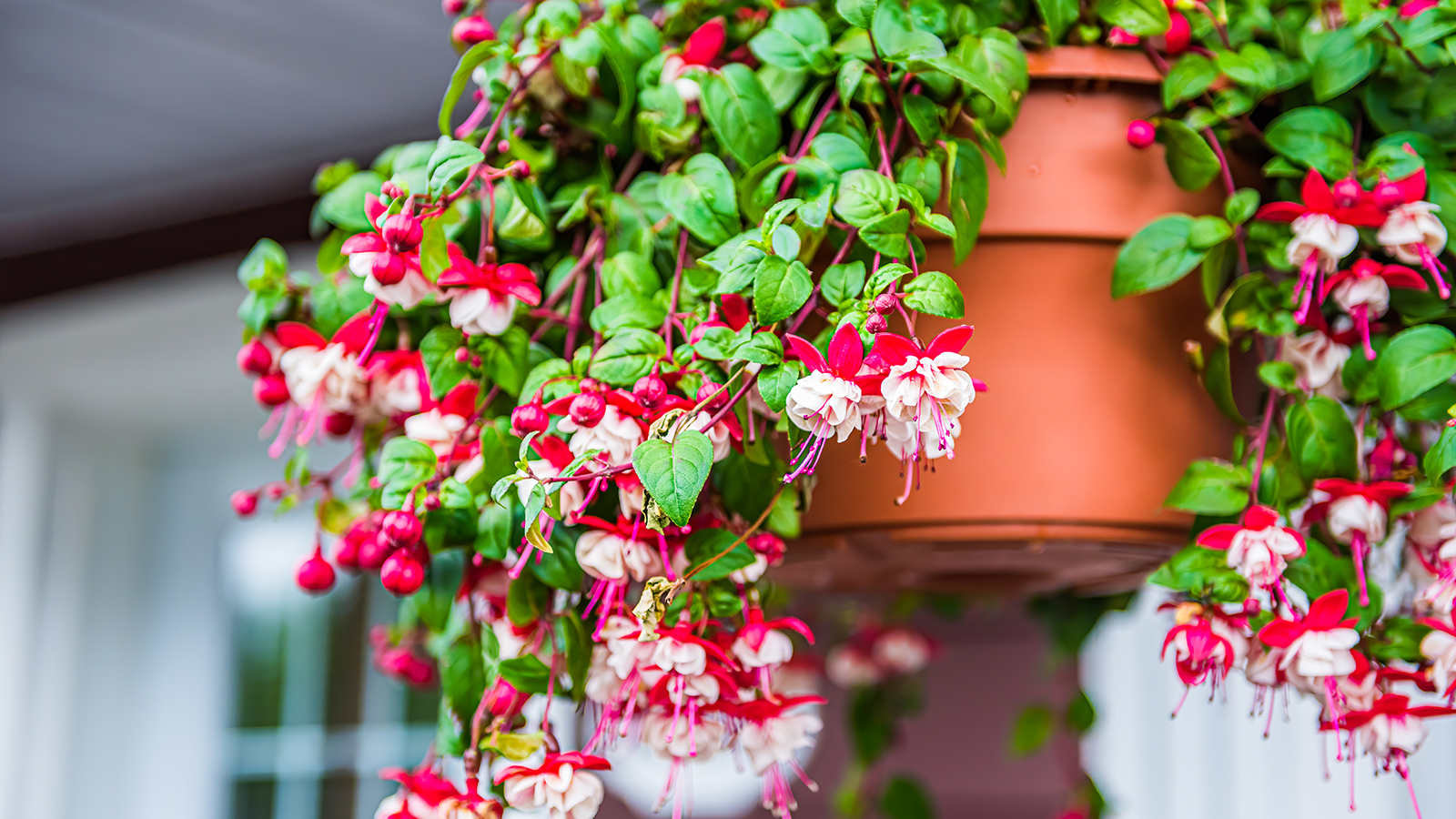
Fuschias are an ideal flowering species to consider for your hanging planter, since they feature exciting blooms in vibrant pink and purple that create a cloud around the container.
The foliage doesn’t extend as far outside of the planter, so the flowers can really take centerstage. However, the overall footprint is still relatively small so the plant isn’t difficult to maintain.
If possible, keep the planter in a partially shaded area and don’t hang outside until the risk of frost has passed. Liberal applications of fertilizer can encourage greater blooming.
String of pearls

For a statement look without all the bright color, consider the string of pearls plant.
This succulent is made of many strands that are each segmented into little pearls. These grow out and over the edge of the container, dangling down like a beaded curtain.
The string of pearls requires a lot of sunlight but doesn’t need a lot of water, so as long as you position the planter in a sunny spot then it won’t require much maintenance. In fact, you can leave the succulent pretty unattended for weeks at a time, making it a great choice for people who travel – or are simply forgetful.
At their longest, this plant reaches about 2 feet, so you don’t need to dedicate too much space for the planter; just hang it somewhere with enough space around it that the beads won’t catch on anything.
Fit under a windowsill
When you have a small space, it’s important not to forget seemingly minor spaces within the garden – such as under the windowsill.
This area might be invisible from inside the home, but it’s underutilized real estate when designing your outdoor space.
Boxwood
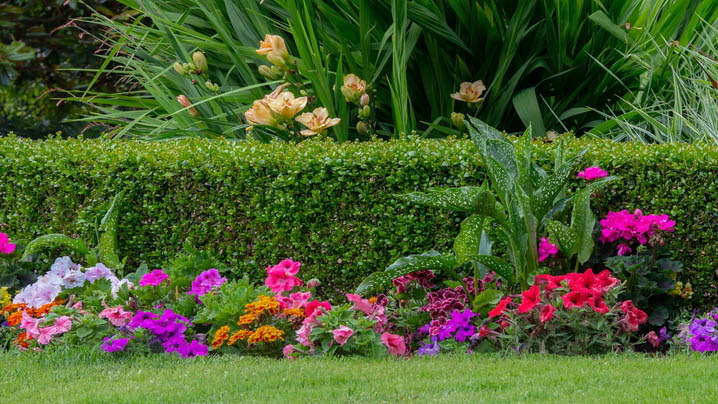
Adding a boxwood is a low maintenance way to add a natural edge to your garden, one that will stay vibrant all year round thanks to its evergreen foliage.
There are boxwood varieties that need minimal pruning and will top out at 4 feet or even as little as 2 feet, so you can fit them around your window treatments and then give them minimal attention.
Boxwoods aren’t the most flashy or exciting plant, but their dense foliage is neat and richly hued. They can even be used to create artificial borders and hedging within the garden space as needed.
Mountain hydrangea
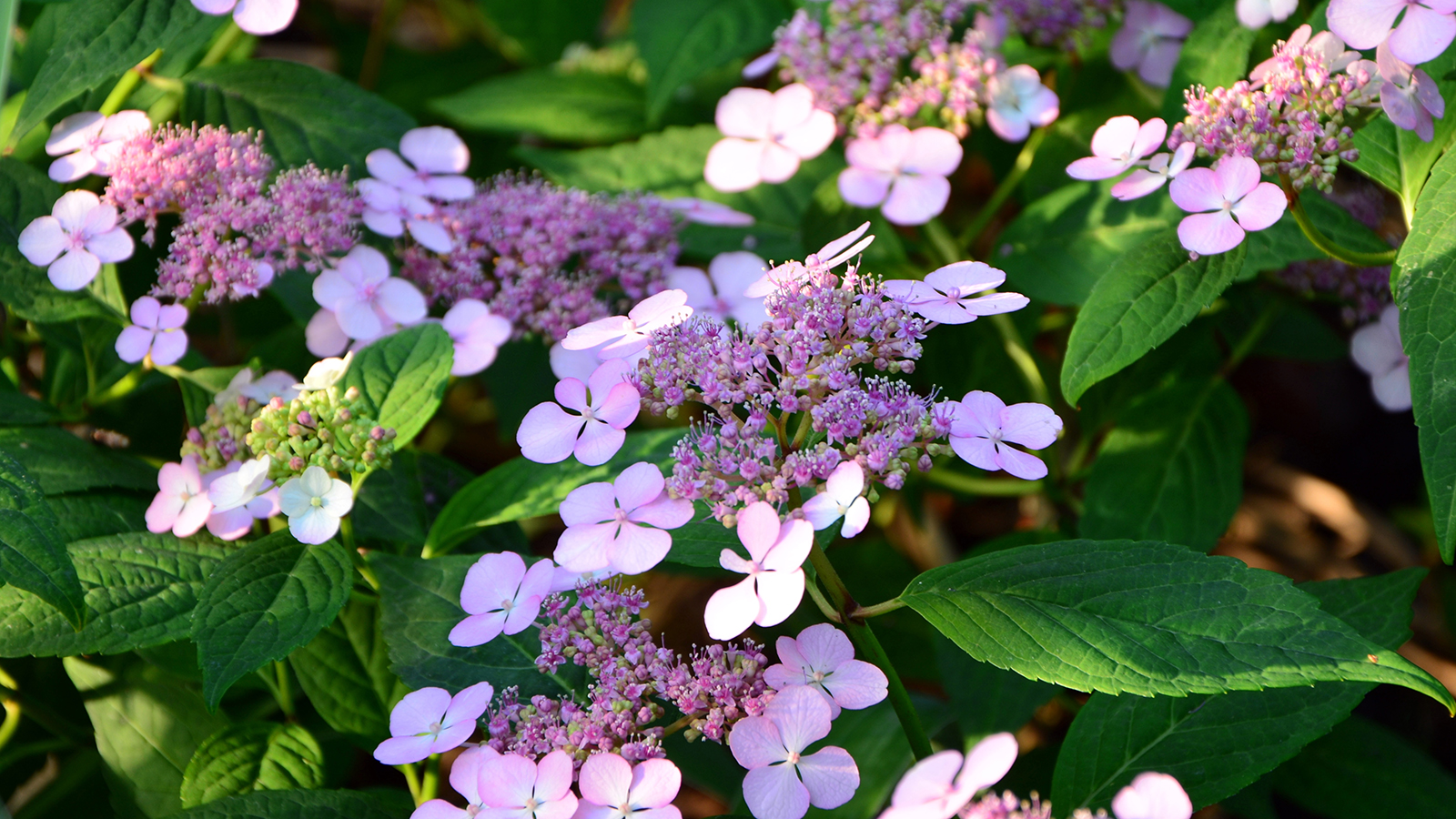
If in doubt, opt for a dwarf variety of a beloved plant. Mountain hydrangeas are very popular for their pretty blooms, but the Tiny Tuff Stuff variety is a small garden’s best friend.
Although the plant itself is very hardy and able to tolerate conditions in zones 4 to 9, the flowers appear very delicate and form a lacecap of doubled sepals, which adds texture. They skew blue in color, but the acidity of the soil can affect their coloring; a more acidic soil will correspond with a bluer flower, while a basic soil will create more purple-pink flowers.
The Tiny Tuff Stuff plant grows in a roundish shape, as tall as it is wide, but this maxes out at 2 feet in each direction so it can accommodate smaller spaces.
Gardeners won’t need to heavily prune this plant to keep it in shape, making it a low-effort but high-reward choice.
More from Tom's Guide
Madeleine Streets is a writer and content manager based in New York City. She covers an eclectic mix of lifestyle, technology, finance and health and has been published in Tom's Guide, Women's Wear Daily, SELF, Observer, Footwear News and others. Originally from London, Madeleine has a penchant for tea, baking and moody weather. When she’s not writing, you can find her exploring the city’s bookstores, hunting down new restaurants, fostering cats and cheering on Arsenal FC.
You must confirm your public display name before commenting
Please logout and then login again, you will then be prompted to enter your display name.
